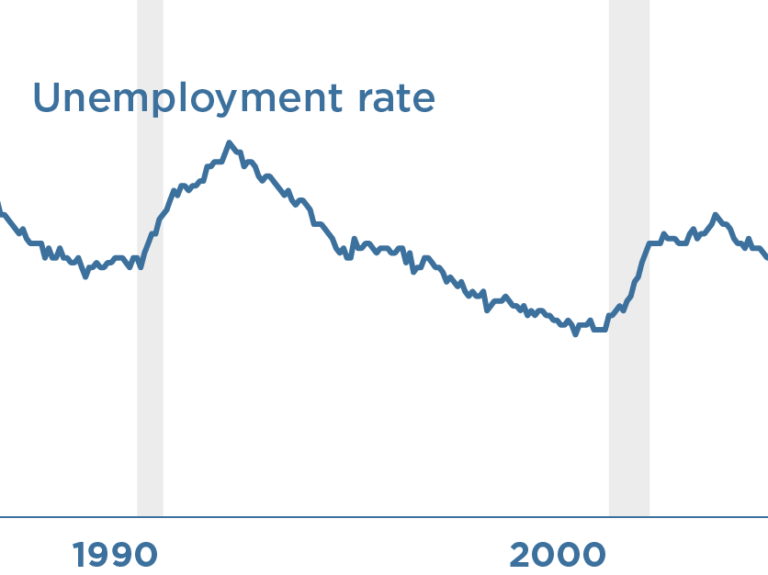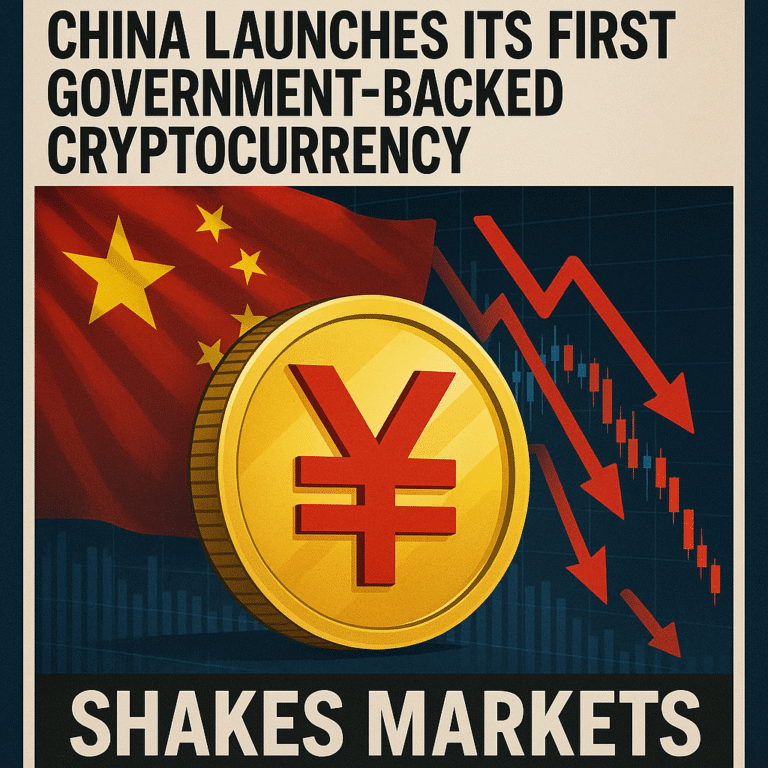
In a move that has sent shockwaves through the global oil market, Saudi Arabia has announced a significant reduction in its oil production, sending crude prices soaring to levels not seen in months. The decision, which marks a bold shift in the Kingdom’s oil policy, comes amid a backdrop of rising global demand for energy, OPEC+ dynamics, and efforts by Saudi Arabia to maintain its influence within the global oil market. The announcement has had far-reaching effects on global energy markets, pushing up the cost of crude oil and sparking debates about the future of global energy pricing.
The reduction in production is a response to several factors, including the desire to stabilize oil prices, maintain market equilibrium, and solidify Saudi Arabia’s position as a key player in the global energy sector. By cutting production, the Kingdom aims to tighten supply, which has led to a spike in crude oil prices, much to the concern of oil-importing countries, global markets, and consumers who will inevitably face higher energy costs.
Saudi Arabia’s Move to Cut Oil Production
Saudi Arabia, the largest oil producer in OPEC (Organization of the Petroleum Exporting Countries), has traditionally been a stabilizing force in global oil markets. The Kingdom’s decision to reduce production is seen as a strategic move to exert more control over the global oil supply and maintain a price level that benefits its economy. This reduction, estimated to be around 1 million barrels per day (bpd), is one of the largest cuts by Saudi Arabia in recent years and comes as part of a broader strategy to manage the supply-demand balance in the global oil market.
The production cut is aimed at addressing a range of issues that have been affecting global oil prices. In particular, Saudi Arabia has expressed concerns over a potential oversupply of oil in the market, as well as volatility driven by external factors, such as geopolitical instability and the ongoing energy transition. By reducing its production, Saudi Arabia hopes to tighten supply and create upward pressure on oil prices, which will ultimately benefit the Kingdom’s oil revenue.
The announcement was made during the latest OPEC+ meeting, where the oil cartel, which includes both OPEC member states and non-OPEC producers such as Russia, discussed production strategies. Saudi Arabia’s decision to go it alone with a deeper cut reflects its strong position within the alliance and its ability to influence global oil prices. The cut, while significant, is also a signal of Saudi Arabia’s determination to maintain its control over the oil market despite rising competition from other oil producers and the ongoing transition to renewable energy sources.
Impact on Global Oil Prices
The immediate effect of Saudi Arabia’s production cut has been a sharp spike in crude oil prices. Following the announcement, Brent crude, the international benchmark for oil, surged by more than 5%, reaching levels above $90 per barrel. Similarly, West Texas Intermediate (WTI), the U.S. benchmark, jumped by more than 6%. This increase in prices has caused a ripple effect across global markets, pushing up the cost of gasoline, heating oil, and other energy-related products.
The surge in oil prices comes at a time when many economies are already grappling with inflationary pressures. Higher energy costs tend to translate into higher consumer prices, which can exacerbate inflation and put additional strain on households and businesses. In oil-importing nations, especially in Europe and Asia, the increase in crude prices could lead to higher transportation and manufacturing costs, further complicating the economic recovery from the pandemic.
Saudi Arabia’s production cut has not only influenced prices in the short term but also raised questions about the long-term stability of the global oil market. As crude oil becomes more expensive, countries that rely heavily on oil imports will be forced to reconsider their energy policies and seek alternative sources of energy. The move also highlights the volatility of the global oil market and the challenges that producers face in balancing supply and demand.
Reasons Behind Saudi Arabia’s Production Cut
Several factors have driven Saudi Arabia to announce this dramatic production cut. While the decision is largely aimed at maintaining oil prices and market stability, it is also a response to various external pressures and internal considerations within the Kingdom.
1. Maintaining Price Stability: One of the key reasons behind Saudi Arabia’s decision is to ensure that oil prices remain at a level that benefits the Kingdom’s economy. As the world’s largest oil exporter, Saudi Arabia’s economy is heavily reliant on oil revenues. Higher oil prices not only bolster the government’s budget but also support the Kingdom’s ambitious economic diversification efforts, which include initiatives such as Vision 2030. By tightening supply and boosting prices, Saudi Arabia can increase its oil revenues and finance its economic development plans.
2. Geopolitical and Economic Factors: Saudi Arabia’s decision comes amidst a volatile geopolitical environment, with rising tensions in key oil-producing regions such as the Middle East, particularly between Saudi Arabia and Iran. These geopolitical risks, along with the potential for disruptions in global oil supply, have made it even more crucial for Saudi Arabia to exert control over oil production. By cutting production, the Kingdom can maintain its position as a stabilizing force in the market and minimize the risks posed by external disruptions.
3. OPEC+ Dynamics: While Saudi Arabia has cut production unilaterally, it remains part of the OPEC+ alliance, which includes countries like Russia and other oil producers. The OPEC+ group has been working to manage oil production levels in response to the economic fallout from the pandemic and the subsequent global oil price crash. However, not all members of OPEC+ are in agreement on the level of cuts, with some countries advocating for higher production levels to take advantage of rising demand. Saudi Arabia’s decision to cut production on its own is a demonstration of its leadership role within OPEC and its willingness to prioritize market stability over collective agreements.
4. The Energy Transition: Another consideration for Saudi Arabia is the ongoing global energy transition. As countries around the world invest in renewable energy sources and move toward decarbonization, demand for oil could plateau or even decline in the coming decades. Saudi Arabia, however, continues to rely on oil as its primary source of revenue. By controlling production levels and maintaining price stability, the Kingdom can maximize oil revenues in the short term while preparing for the eventual shift toward alternative energy sources.
The Global Reactions: What Does This Mean for Oil-Importing Countries?
The announcement of the production cut has been met with mixed reactions across the globe. While oil-producing countries may welcome the price surge, oil-importing nations are facing new challenges. Higher oil prices will put pressure on economies that are already grappling with inflation, especially in countries where energy consumption is a large part of household spending.
1. Consumer Prices and Inflation: In countries like the United States, Europe, and parts of Asia, the increase in oil prices is expected to drive up the cost of gasoline, heating, and electricity. This is likely to exacerbate inflationary pressures, which have already been rising in many parts of the world. Central banks, which are already facing difficult decisions about interest rates and monetary policy, will now have to contend with the added challenge of rising energy prices.
2. Impact on Emerging Markets: Emerging market economies, particularly those in Africa, Latin America, and Asia, are especially vulnerable to rising oil prices. These countries often import most of their energy needs and are less equipped to absorb price shocks. The surge in crude prices may lead to higher import bills, trade imbalances, and a deterioration in their fiscal positions.
3. Shifts in Energy Policy: In response to rising oil prices, many oil-importing countries will likely accelerate their efforts to diversify their energy sources. Governments may increase investments in renewable energy, natural gas, and energy efficiency technologies to reduce their reliance on imported oil. The energy transition is expected to gain momentum as countries look for ways to hedge against price volatility and secure more stable energy sources for the future.
Looking Ahead: What’s Next for the Oil Market?
Saudi Arabia’s decision to cut oil production has undoubtedly sent ripples through the global oil market. While the short-term impact is a spike in prices, the long-term effects remain uncertain. As the global economy continues to recover from the COVID-19 pandemic and demand for energy rises, the Kingdom’s decision to reduce output may help maintain price stability. However, the risk of supply disruptions, geopolitical tensions, and the broader transition to cleaner energy sources will continue to pose challenges to the oil market.
For now, Saudi Arabia’s move has reinforced its role as a dominant player in the global energy sector, with its production cuts signaling a shift in how the world approaches oil pricing and supply management. The coming months will reveal whether other producers follow Saudi Arabia’s lead or if global markets will return to equilibrium, offering a glimpse into the future of energy and its global implications.







